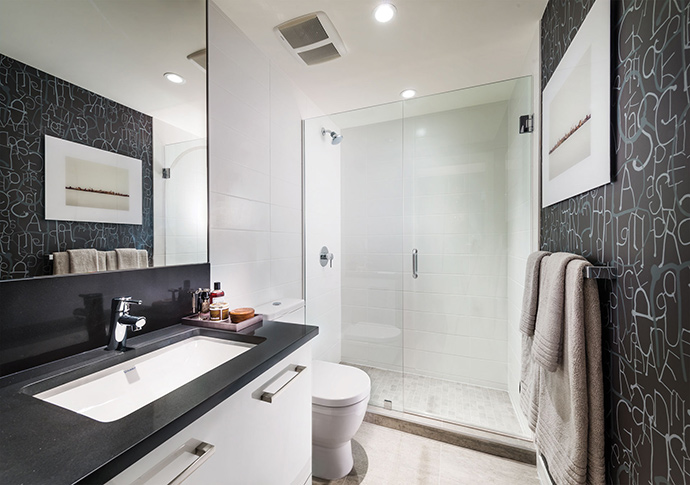It seems like you’re interested in learning about the installation of solar roof vents. Solar roof vents, also known as solar attic fans or solar attic ventilators, are devices that use solar energy to ventilate and cool your attic space. They help regulate the temperature in your attic, which can have several benefits for your home, such as reducing energy costs solar roof vent installation, preventing moisture buildup, and extending the lifespan of your roof materials.
Assessment and Sizing
Contents
Before installing a solar roof vent, you’ll need to assess your attic’s ventilation needs. The number and size of vents required depend on factors like the attic’s square footage, roof design, and local climate conditions. It’s important to ensure proper ventilation to prevent issues like heat buildup and moisture accumulation.
Gather Equipment and Materials
You’ll need the solar roof vent itself, appropriate fasteners (usually included with the vent), a drill, a jigsaw (if required for cutting the hole), roofing adhesive, roofing nails, and a ladder. Make sure you have all the necessary tools and materials before you start.
Select Vent Location
Choose a suitable location for the solar roof vent on your roof. The ideal spot is often near the peak of the roof to allow hot air to escape effectively. Mark the location on the roof.
Cutting the Hole
Use a jigsaw to carefully cut a hole in the roof, following the marked location. Be cautious during this step to avoid damaging the roof structure or shingles. Wear appropriate safety gear while working on the roof.
Installing the Vent
Place the solar roof vent over the hole and secure it using the provided fasteners. Make sure it’s centered properly and level. Some vents have adjustable brackets to accommodate different roof angles.
Roof Flashing
Apply roofing adhesive around the base of the vent to create a watertight seal. Install the included flashing over the vent and secure it using roofing nails. This step is crucial to prevent water leaks.
Wiring
Connect the solar panel’s wiring to the vent’s motor according to the manufacturer’s instructions. Ensure the wiring is well-protected and properly secured to prevent damage.
Testing
Once the vent is securely installed and wired, test it to ensure that the solar panel is generating power and the vent’s motor is functioning correctly.
Cleanup
Clean up the work area and dispose of any waste materials properly. Double-check that the installation is secure and leak-free.
It’s important to note that solar roof vent installation may vary based on the specific model and manufacturer. Always follow the manufacturer’s guidelines and consider hiring a professional if you’re not comfortable working on your roof.
Additionally, check local building codes and regulations before installing a solar roof vent, as there may be specific requirements you need to adhere to. Proper installation is essential to ensure the effectiveness and safety of the solar roof vent in your attic ventilation system.
















